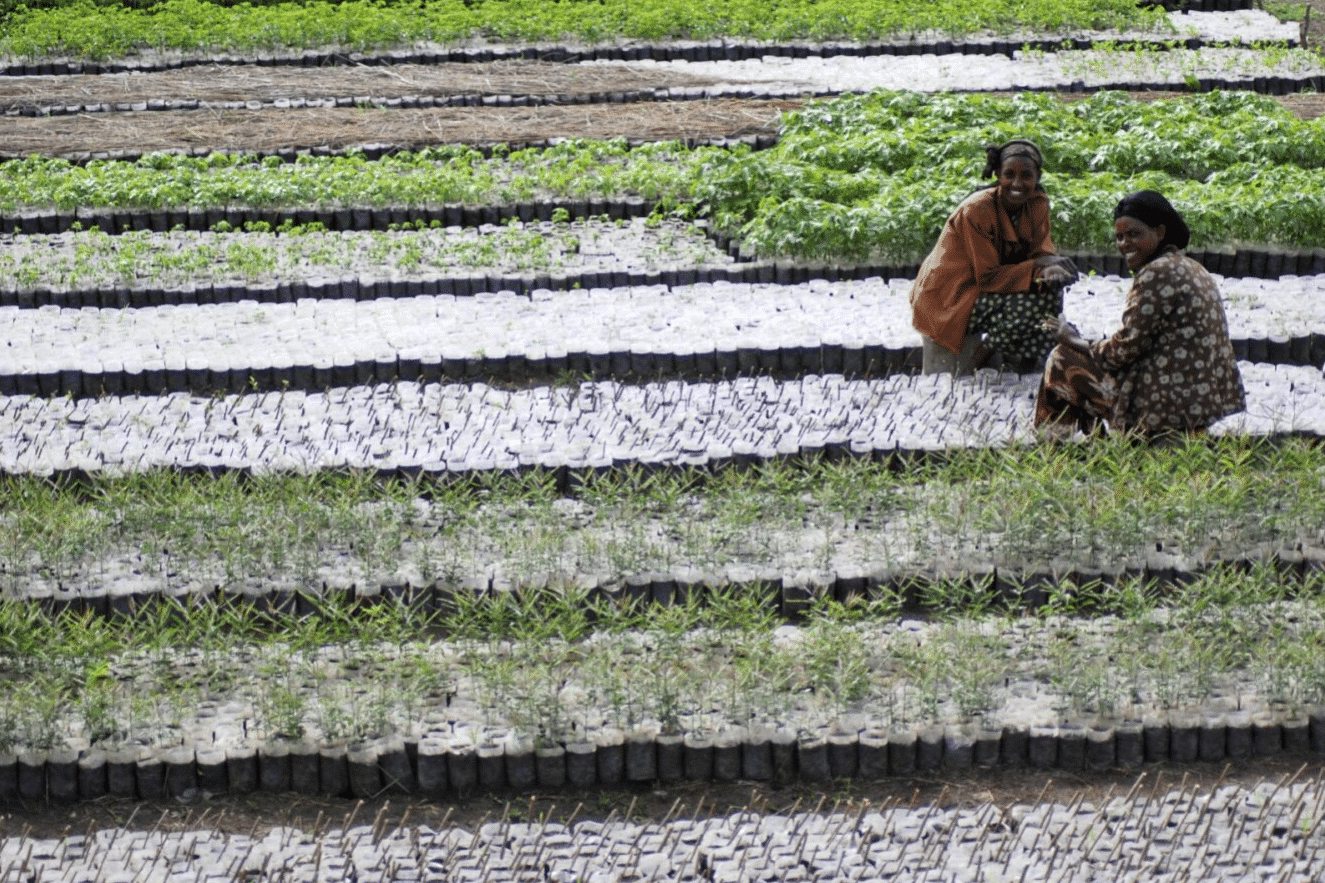It has long been recognised that adaptation finance needs to be scaled up significantly. Estimates of total global financing needs exceed US$150billion annually while current flows are estimated at around US$ 30 billion and remain woefully inadequate.
The scale of adaptation finance needed cannot be met by public resources alone. It will require large-scale private sector resource mobilization. This means – households, small business, corporations, banks, institutional investors, all have a role to play in innovating and providing climate solutions. African, Caribbean and Pacific (ACP) countries are highly vulnerable to climate change and have an urgent need to attract investment into goods and services which build their economies’ resilience.
This blog highlights three of the most critical challenges that countries face when trying to catalyse private investment for climate change adaption, and puts forward solutions how the international community can respond to these challenges in 2021. What is clear, is that we need to use the limited public and other concessional financial resources to catalyze private sector engagement.
Challenge 1: National adaptation plans and policies are not being translated into clear investment opportunities which can attract investors.
There is a need for countries to adopt a more strategic approach to engage the private sector, aligning with national adaptation priorities. A first step is to break down current adaption plans into concrete investment opportunities, identifying priority investment areas in key sectors. These priorities should be assessed in terms of their commerical viability, barriers to attracting finance, and how they could be overcome. This would provide an investment road map to be shared with a wide range of actors, including public and private sectors (donors, DFIs, multilateral development banks, investors, local financial institutions, national and local governments, etc.) to understand and explore ways to support national adaptation priorities.
Challenge 2: Investors regularly struggle to find a deep and broad pipeline of bankable projects supporting climate change adaptation.
ACP countries tend to have smaller economies where transaction costs can be high. They generally have a lack of sufficient mass of players and prospects, while at the same time suffering from underdeveloped financial and capital markets. This implies more support is needed at the deal preparation and structuring stage, through project preparation facilities, targeted technical support for key business prospects and life cycle financing – from preparation all the way through to investment.
Challenge 3: Current financial instruments may not always be the most suitable for encouraging investment info high risk countries and projects, such as climate change adaptation in ACP countries.
To help mitigate the high risks of investing in climate adaptation in ACP countries requires the use of financial instruments such as equity, risk sharing facilities and/or grants to mitigate early stage risks. It also requires the pooling of public and private funding in structured blended finance vehicles. Several layers (or “tranches”) of capital can be used to invest in the same portfolio of companies, but with different risk and return features for the investors. This allows public actors to support their development objectives, while the later tranches, when risks are reduced, appeal to private investors, who otherwise may not be interested to invest.
COP26 in Glasgow will kick of discussions on a new, larger climate finance goal for 2025, building on the USD 100 billion a year from public and private sources from developed to developing countries. With growing calls for more finance to be channeled into climate adaptation it is critical that this meets the challenges highlighted in this blog and is tailored to meet the needs of the country, the investors and ultimately the companies that need the capital. Facing up to these challenges and addressing them head on will allow this new climate finance goal to provide more effective adaptation finance, will catalyse private engagement and can ultimate reduce climate change impacts of the most vulnerable.
The ICR Facility will deliver a series of knowledge papers and accompanying webinars to explore some of the key issues highlighted in this blog.
Watch the recording of the first live event in this series: IMPROVING THE BUSINESS ENVIRONMENT FOR CLIMATE ADAPTATION: NEEDS AND OPPORTUNITIES FOR INVESTMENT IN ACP COUNTRIES, which brings views from Nisha Krishnan, Global Commission for Adaptation / World Resources Institute; Allan Wayira, SNV; Katherine Blackman, Ministry of Housing, Urban Renewal, Environment and Climate Change Jamaica; Jay Koh, The Lightsmith Group; and Andrea Staudhammer, GIZ)
The ICR Facility supported the production of this publication. It is co-funded by the European Union (EU), the Organisation of African, Caribbean and Pacific States (OACPS) under the 11th European Development Fund (EDF), the German Federal Ministry for Economic Cooperation and Development (BMZ) and the British Council. The ICR Facility is implemented by GIZ, the British Council, Expertise France, and SNV. The contents of the publication are the sole responsibility of the authors and do not necessarily reflect the views of the EU, OACPS, BMZ or of the implementing partners.
